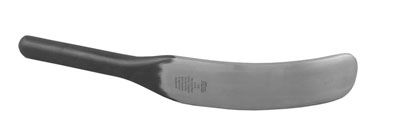G
grogetter
Hi, everybody. I'm new to SPI and this forum. My friend Roger1, who has been my "answer man" for a long time suggested that I ask you guys for help.
I'm working on a 64 Chevelle project. One of the issues that the car has is two rust through holes on the hood. These hoods are very flat, that is, having very little crown in them.
I cut out the rust holes and welded in patches using TIG tacks and taking great care to let the hood cool down after each tack but I still got enough shrink to cause problems. Roger strongly advises me to separate the structure from the skin of the hood then plannish out the shrinkage. However, I'm really concerned about causing more damage than I started with.
Any and all help would be greatly appreciated.
I'm working on a 64 Chevelle project. One of the issues that the car has is two rust through holes on the hood. These hoods are very flat, that is, having very little crown in them.
I cut out the rust holes and welded in patches using TIG tacks and taking great care to let the hood cool down after each tack but I still got enough shrink to cause problems. Roger strongly advises me to separate the structure from the skin of the hood then plannish out the shrinkage. However, I'm really concerned about causing more damage than I started with.
Any and all help would be greatly appreciated.





